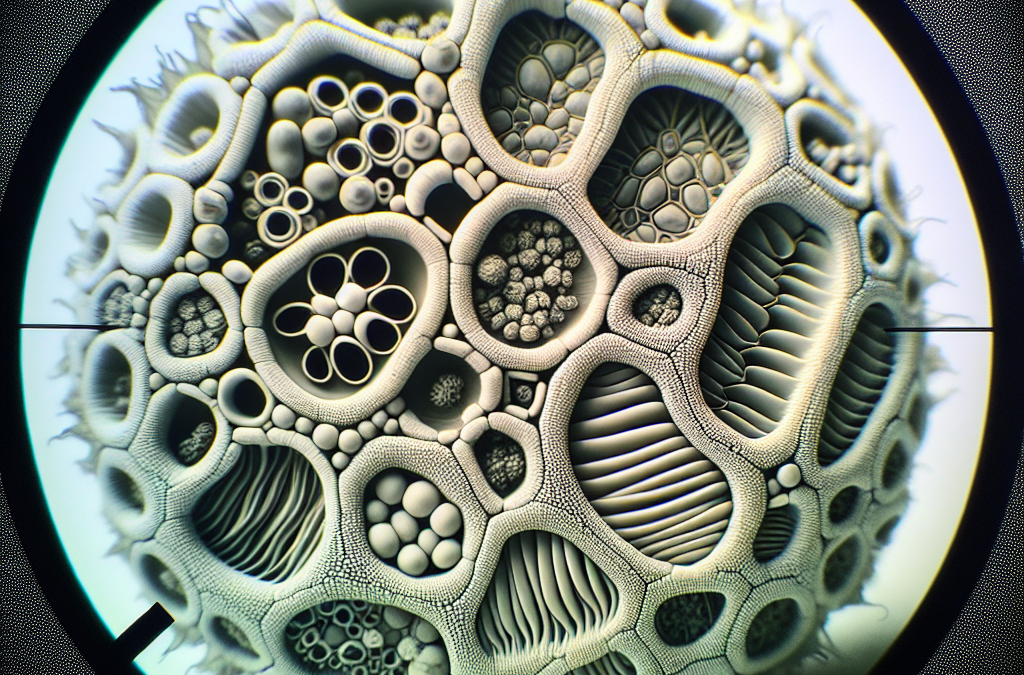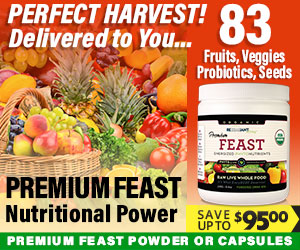Protein Composition
What Makes Up Plant Proteins?
First off, let’s dive into what we mean by protein composition. Unlike animal proteins, plant proteins have unique building blocks, mainly amino acids. When I first switched to a plant-based diet, I was surprised to learn just how different these proteins can be. It’s like a whole new world of nutrition!
Amino acids are the fundamental components of protein, and they come in two categories: essential and non-essential. Essential amino acids can’t be made by the body, so we need to get them from our food. Plant sources generally have lower levels of some essential amino acids, which is crucial to consider.
Another cool thing about plant proteins is that they often come packed with additional nutrients like fiber, vitamins, and minerals. So while they might not always pack the same punch as meat, they offer a bunch of other health benefits that I’ve come to appreciate in my meals.
The Amino Acid Profile
Next, let’s break down the amino acid profiles. Not all plant proteins are created equal, and some, like quinoa or soy, provide all nine essential amino acids, making them complete proteins. When I first learned this, I felt like I hit the jackpot because I didn’t have to rely solely on meat.
However, most plant proteins are classified as incomplete, which means you might get some amino acids but not all nine. For example, beans are low in methionine, while rice lacks lysine. My trick has been to combine different sources, like having rice and beans together. It’s a game-changer!
Balancing protein sources within your meals is essential to get a complete amino acid profile. I often find myself mixing various legumes with nuts or seeds to ensure I’m hitting all the bases. It’s become second nature to me!
Digestibility and Absorption
Another aspect I want to touch upon is digestibility. Not all proteins are equally absorbed by our bodies, and this can vary widely between plant sources. For instance, factors like fiber content and the presence of antinutrients can affect how easily our bodies break these proteins down.
When I first went plant-based, I experienced some digestive adjustments. So, understanding which plants are easier to digest really helped! For example, cooking beans or soaking nuts can significantly improve protein absorption. That little tip saved my stomach!
Moreover, some studies indicate that the protein digestibility corrected amino acid score (PDCAAS) is often used to assess protein quality. It’s fascinating to learn how these factors can impact overall nutrient gain from what I eat day-to-day.
Nutritional Context
Complementary Proteins
Now, moving on to the idea of complementary proteins. This concept has been a lifesaver in my plant-based journey. By pairing different protein sources, I make sure to cover all essential amino acids effectively.
Classic pairings include rice and beans or hummus with whole wheat pita. I’ve found these combinations not only fill me up but also make meal planning a breeze. It’s almost like creating a playlist for the palate!
It’s important to note that you don’t need to combine proteins at every meal. As long as you’re eating a variety of foods over the course of the day, you’re good to go. It took me a while to grasp this, but once I did, it really simplified my meals without sacrificing nutrition!
Micronutrients Contribution
We can’t forget about the extra goodies that come with plant proteins—micronutrients! Unlike many animal protein sources, plant foods are often rich in fibers, vitamins, and antioxidants. These components contribute to overall health and wellness, and I cannot stress enough how beneficial this is.
A good example to highlight is lentils. Not only are they high in protein, but they’re also packed with iron, dietary fiber, and several important B vitamins. When I added lentils to my diet, I noticed a real difference in my energy levels!
Essential minerals like magnesium and potassium also come into play here, adding to the overall picture of health. Eating a variety of plant proteins means I naturally incorporate a range of these nutrients that my body loves!
Convenience and Affordability
Moving on to convenience—let’s be real, in our fast-paced world, meal prep matters! A significant benefit of plant proteins is their availability and generally lower cost compared to meat. I’ve often loaded up on beans or legumes because they are economical and easy to cook.
Get Certified Organic Whole Food Nutrition – Nutrient Dense Supplement
Plus, they have a long shelf life! I can stock my pantry with dried beans and lentils and whip them up whenever. This flexibility has saved my wallet and my sanity countless times! Weeknight meals need to be easy, and plant proteins fit the bill!
Not to mention, with the growing trend towards plant-based diets, the options are just getting sweeter! With more and more plant protein products on the market, it’s easy to find convenient sources that fit any lifestyle.
Practical Applications
Cooking Methods
So, what about cooking methods for these magic beans? Experimenting with how you prepare plant proteins can significantly affect their taste and nutrient retention. I quickly discovered that sautéing, stewing, or grilling can bring out various flavors, and it makes meals much more exciting.
Steaming vegetables can preserve their nutrients while also making them tender and juicy. And you know what? It totally amps up the flavor profile when it’s paired with protein sources. I love mixing in spices and herbs—it’s a whole new level of deliciousness!
Once you begin incorporating diverse cooking methods, you’ll notice that your meals become more satisfying and enjoyable. Have fun with it! Your kitchen should feel like an adventure every time you cook!
Meal Planning Tips
Let’s chat meal planning! For me, planning is crucial to stay on track with a healthy diet that includes plenty of plant proteins. I like to dedicate time each week to set up a game plan, stocking up on staples like dried beans, lentils, nuts, and seeds.
Creating a mix of ready-to-eat options, like overnight oats with nuts or a ready-to-go quinoa salad, has made a world of difference. It takes the stress out of those busy nights when cooking feels impossible.
Using batch cooking can really save time and make healthy eating easier. I often cook a big pot of chili or curry and freeze portions for later—that way, I have delicious whole-food options at my fingertips whenever hunger strikes.
Incorporating Plant Proteins into Your Diet
Finally, let’s discuss how to integrate these plant proteins seamlessly into your diet. Starting with something simple, like adding legumes to soups or salads, can help you ease into it. I remember the first time I tossed chickpeas into my salad—the crunch and flavor became a quick favorite!
Another option is to leverage smoothies—I often toss in some spinach or nut butter for an added protein boost. It’s an easy way to start my day with decent nutrition. I didn’t think I’d love them, but they’ve become a staple in my mornings!
Be adventurous, explore new recipes, and mix it up! Once I shook off my initial hesitation, plant proteins turned my meals from boring to bonkers delicious. It’s all about finding what works for you, so don’t be afraid to get creative!
FAQ
What are the main differences between plant protein and animal protein?
Plant proteins tend to have lower levels of some essential amino acids compared to animal proteins. However, they are also rich in fiber and other essential nutrients!
Can I get enough protein from a plant-based diet?
Absolutely! With careful planning and a variety of protein sources, you can meet your protein needs perfectly well on a plant-based diet.
Are there complete plant proteins?
Yes, foods like quinoa, soy, and chia seeds are complete proteins, meaning they contain all nine essential amino acids!
How can I improve the digestibility of plant proteins?
Soaking, sprouting, or cooking your beans and lentils can significantly improve their digestibility and nutrient absorption.
What’s the best way to combine plant proteins?
Mix different sources such as legumes with grains. For example, a classic combination is rice and beans for a complete amino acid profile!




